Are you going to buy or sell a house in Mexico and are not sure what price to put on it? Or maybe, you don’t know if it really costs what the owner asks for it. Don’t worry. You’re not alone. There is the legal concept of real estate appraisal to solve the above.
Nowadays, we have three types of real estate appraisals in Mexico: Commercial, Bank, and Tax. However, it has not always been the same. Read on to find out the history of appraisals in Mexico.
Why do you need an appraisal?
Let’s start by stating why it is necessary to have an appraisal of your property. For starters, this estimate helps clarify a property’s actual value beyond any personal appreciation. Real estate appraisal provides buyers and sellers confidence when determining a property’s fair market value.

It is defined as a report on a property that analyzes both the physical state of the property and its environment to estimate its value in that context and in a given time.
It is essential to know that all appraisers must be engineers or architects with postgraduate courses and state licenses and are also “peritos” or experts in real estate.
We are going to start describing the Bank appraisal.
The Bank Appraisal
The bank appraisal (avaluo bancario) is used when someone buys a piece of property using a bank loan. It is similar to US appraisals, determined using comparable sales and used as a justification for establishing the sales price.
In the mortgage appraisal, the professional appraiser goes to the house and meticulously inspects the environment and the house itself.
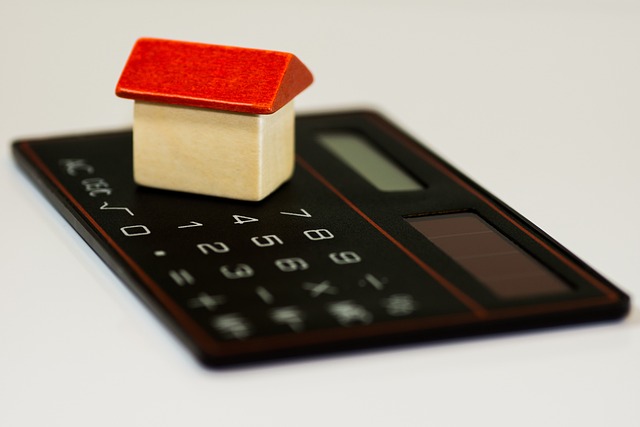
They analyze, among other aspects: construction, distribution, finishes, quality, state of conservation, remodeling, and proximity to means of transport and services. Subsequently, the appraiser must look for homes comparable to the one they are analyzing.
Once you have all that information, you can generate the appraisal. In this case, the appraiser must be register with the Sociedad Hipotecaria Federal (Federal Mortgage Society).
While the borrower can choose the valuation unit (UV), most banks already have a list of providers. In the case of the directory of Infonavit and Fovissste Valuation Units, it is possible to choose almost any UV in the SHF register.
Commercial appraisal
A commercial valuation also considers construction aspects, property characteristics, location, services, and infrastructure. In the case of real estate rental, the price of a rental has to do with many factors, such as location, the number of bathrooms, bedrooms, parking, state of the rooms, services, and furniture if it is the case.
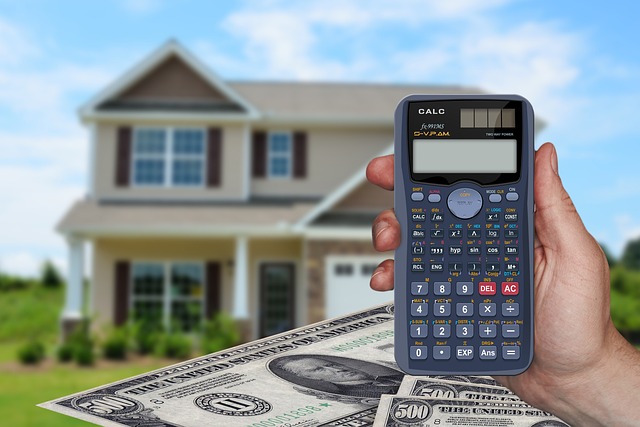
Acquisition tax commercial appraisal
One type of Commercial appraisal (Avaluo Comercial I.S.R. Adquisicion) is used to justify/prove that the property has a lower market value than the corresponding cadastral (tax) appraisal.
This is usually necessary for properties being sold at prices less than the cadastral value listed with the municipality. Suppose someone purchases a property for more than 10% under its official listed value. Then the purchaser pays the ISR income tax, as they are receiving a benefit.
This is the exception to the general rule that the seller always pays the taxes in the real estate transaction since the buyer pays this income tax. Typical cases where this may arise are foreclosed properties, fire sales, vandalized properties or properties under construction. Where some tax offices consider a property with a roof to be “finished” while there are no walls or anything else inside.
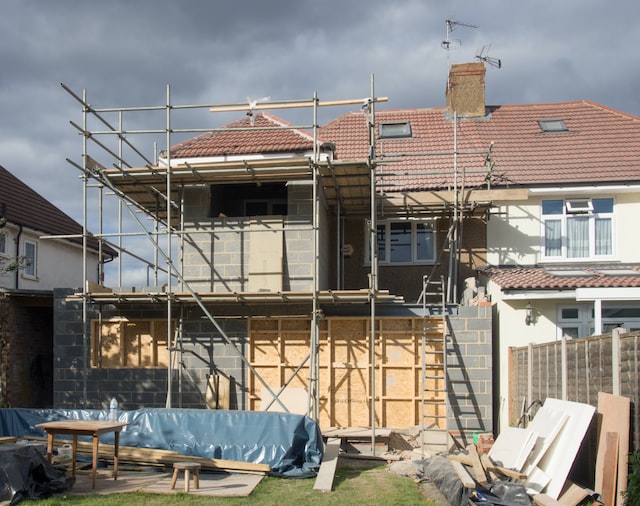
Here the appraiser tries to justify a lower value showing that the value really is lower due to the aforementioned circumstances, thereby reducing or eliminating the ISR income tax that a buyer would have to pay without the Avaluo Comercial I.S.R. Adquisicion.
Commercial appraisal with improvements
Another type of commercial appraisal is the Avaluo Comercial, con Mejoras I.S.R. Enajenacion. This appraisal is not very commom and can be a great way to lower your capital gains liability.
Many people have remodeled their properties but do not have official tax invoices to document the work and justify a gains tax reduction.
You can use this kind of appraisal to justify property improvements, raising the property’s tax basis. Hence lowering or eliminating your ISR tax liabilities.
You only get tax benefits from remodeling and improvement costs on your property, not simple repairs when something breaks. ISR (capital gains) tax liabilities use 80% of the value of the improvements to calculate the taxes.
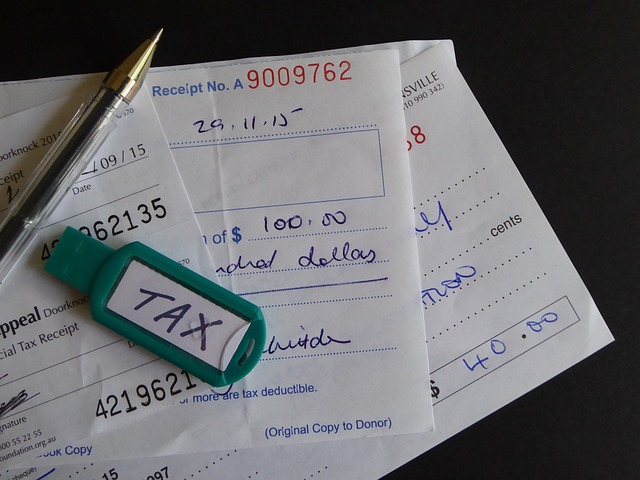
Tax Appraisals
The Tax / Cadastral appraisal is used to calculate transfer real estate taxes and fees and notary fees. In the past, notaries used this value as the sales price listed on the deed. Instead of the actual sales price the buyer paid to the seller.
Under current Mexican ISR tax law, you can no longer sell Mexican residential properties for less than the cadastral appraisal. This approach had certain consequences when the listed value was low, allowing the buyer to pay smaller closing costs and less in ongoing property taxes.
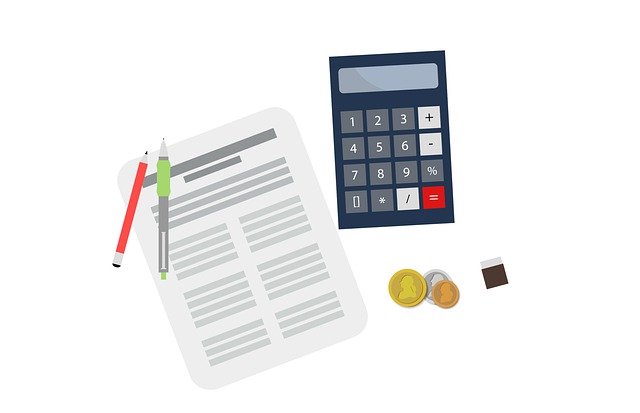
Tax Law Changes
After the Feb. 2010 ISR tax law changes, people could only exempt capital gains once every five years. With the latest ISR changes, homeowner-Residents of Mexico can now claim the homeowners 400,000 UDI tax exemption when selling their home once every three years.
With those changes, notaries also became stricter in approving people for the homeowner’s exemption, requiring foreigners to have a Permanent Resident visa or Temporary Resident visa as of 8/2014.
Under the previous 2010 rules, many sellers could not qualify for the exemption. This meant paying gains taxes on an artificially high reported net gain.These sellers did not actually have a real gain but had “phantom” gains due upon sale, as notaries used the lowball cadastral tax appraisal value combined with the current sale price for the new real value.
Now you can get a new cadastral appraisal on your property for about $75-100 USD. Where the cadastral estimators-appraisers simply measure the dimensions of the buildings – height, width & length without considering fix-up or dress-up improvements.

In many cases, people had an actual loss. For instance, if they paid $2,500,000 pesos for a home in 2006 and in 2014 sold that same home for $2,000,000 peso. While the original deed shows they paid only $800,000 pesos (the amount of the previous cadastral tax appraisal). When technically selling at a loss, they would have a paper gain of $1,200,000 pesos and pay tax on that gain of 20-30%.
Final Note
The cadastral appraisals are based on the municipality’s tax tables, where the tax authorities assign a value per square meter to each city block.The municipal tax tables value the square meters of construction depending on the property’s age, style, and condition.
Call one of our Top mexico Real Estate experts, they will help you buy your new home in Mexico or sell your property at the best price. And remember…We make it happen!


